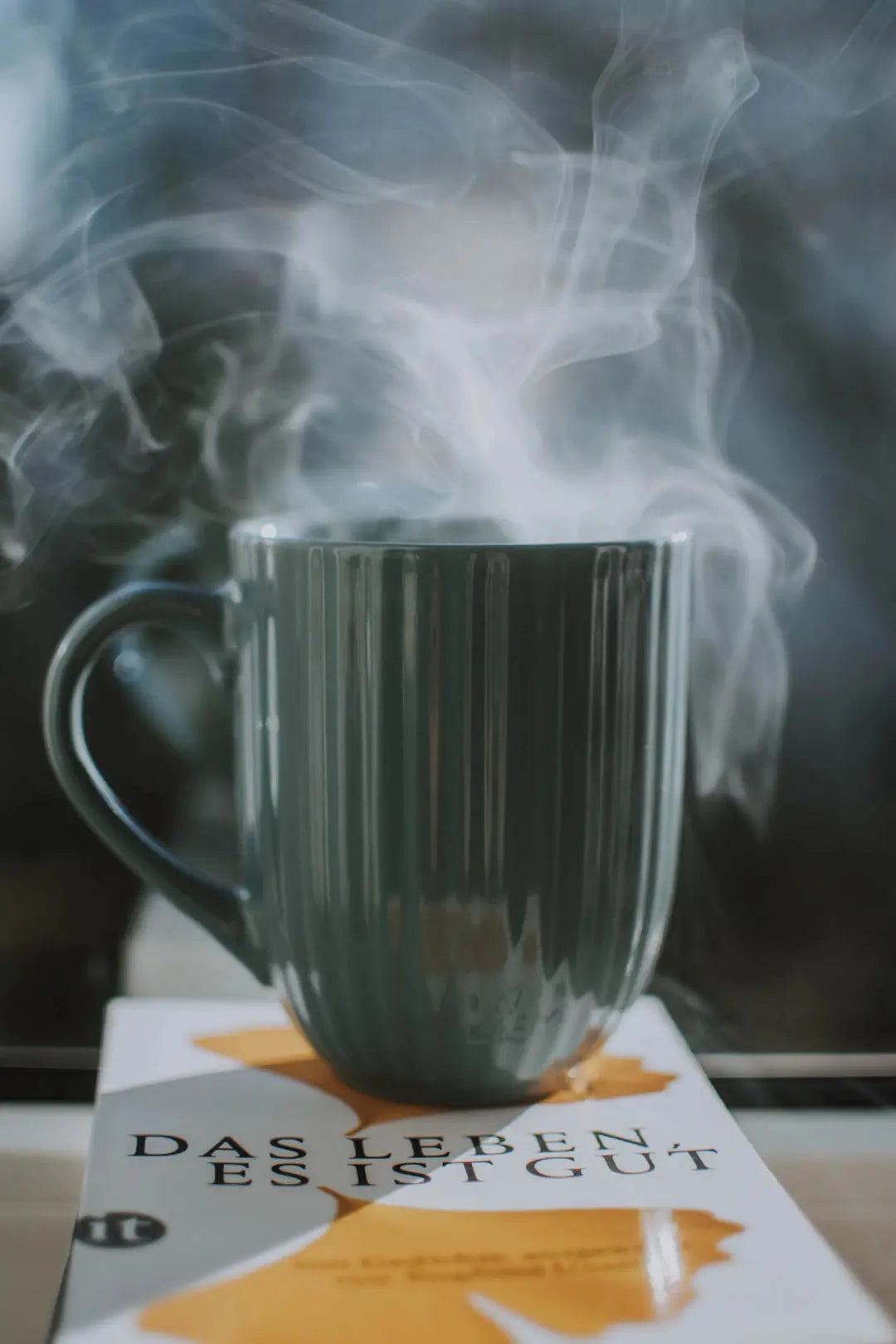Coffee is not just a beverage; it's a culture, a passion, and an art form. For the true coffee lovers, understanding the intricacies of coffee cupping—the professional practice of tasting coffee—is essential. This guide will dive into the science behind coffee cupping, and how you can elevate your coffee tasting skills like a pro. Additionally, we’ll explore how coffee can be paired with delectable Mango Treats, serving as an inspiration for creative Gourmet Coffee Recipes and also touching upon the world of Gourmet Tea.
What is Coffee Cupping?
At its core, coffee cupping is a systematic method used to evaluate the flavors and aromas of coffee. This technique has been traditionally used by coffee producers and roasters to test new batches of coffee. The process reveals the unique characteristics, including acidity, sweetness, body, and aftertaste that vary from one coffee bean to another.
The History Behind Cupping
The practice of coffee cupping dates back to the early 19th century, where it was initially performed by coffee producers to assess the quality of their beans. Over time, cupping has evolved into a formalized practice utilized by coffee professionals and enthusiasts alike, allowing them to appreciate the finer details of each brew.
The Science of Tasting
When you partake in coffee cupping, you engage multiple senses: sight, smell, taste, and touch. The entire experience brings out the complexities in coffee that may go unnoticed in a regular cup of coffee. Here’s how science plays a role in each aspect of tasting:
Visual Inspection
Before even taking a sip, the visual aspect of the coffee plays a crucial role. The color of the coffee can indicate its roast level, and observing oiliness on the surface can suggest freshness. When cupping, coffee tasters will look for:
- Color: Indicates roast level - lighter roasts will be a pale brown, while darker roasts will be deep brown to black.
- Clarity: The clearer the coffee, the fresher it typically is.
- Oiliness: A shiny surface may indicate a darker roast or over-roasting.
Aromatic Exploration
After visual inspection, the next critical step is the aroma. In coffee cupping, the smell can often tell you more than the taste itself. Here’s how to evaluate aroma:
- Brewing: Grinding the coffee and brewing it with hot water allows the aromatic compounds to be released.
- Inhale: Take a deep breath in; different smells can indicate flavors like chocolate, fruit, or nuts.
- Identify: Become familiar with common coffee notes and practice identifying them.
Tasting Technique
Now comes the best part: tasting! To taste coffee like a pro, you need to focus on:
- Slurp: A quick slurp spreads the coffee across your palate, allowing for full flavor extraction.
- Evaluate: Pay attention to the body (weight of the coffee), acidity (brightness/tartness), sweetness, and aftertaste (the duration and quality of flavor post-swallow).
- Note: Jot down your impressions; this helps build your palate over time.
Understanding Flavor Profiles
The next step in coffee cupping is understanding the flavor profiles commonly associated with different coffees. Factors such as origin, processing method, and roast level can all play vital roles in the coffee’s flavor. Here’s a quick overview of what to expect:
- Fruity: Coffees from East Africa are known for their bright, fruity notes, often including flavors of berries and citrus.
- Nuts and Chocolate: Coffees from Central and South America often exhibit nutty and chocolatey characteristics.
- Herbal and Earthy: Indonesian coffees tend to have deep, earthy tones complemented by herbal nuances.
Pairing Coffee with Gourmet Treats
Coffee cupping is an experience that can be boosted even further with the right food pairings. One delicious option to consider alongside your coffee tasting is Mango Treats. These tropical delights can beautifully complement coffee, especially those with fruity notes. Here's how:
Mango Treats and Coffee Harmony
The luscious sweetness of mango perfectly contrasts with the acidity of certain coffee varieties, creating an aromatic experience that tantalizes the taste buds. Consider serving dried mango slices or mango pastries alongside your cupping sessions. The flavor synergy can elevate your tasting experience significantly.
Gourmet Coffee Recipes to Experiment With
Once you’ve honed your cupping skills, why not experiment with Gourmet Coffee Recipes? Here are a few fun ideas to try at home:
Cold Brew Mango Infusion
Mix the refreshing taste of mango with the smooth flavor of cold brew coffee. Simply steep coarse coffee grounds in cold water for 12-24 hours, then strain. Add fresh mango puree and serve over ice for a vibrant summer drink.
Spiced Coffee with Mango Cream
Prepare a classic cup of hot coffee and top it with a mango-infused whipped cream. Just blend heavy cream with pureed mango, a bit of sugar, and a hint of cinnamon for that gourmet touch.
The World of Gourmet Tea
While we’ve focused primarily on coffee, it's important to take a moment to appreciate the allure of Gourmet Tea. Just like coffee, tea can be a complex beverage with varied flavor profiles shaped by origin, processing, and steeping methods.
Exploring Gourmet Tea
Implementing tea cupping as part of your tasting repertoire can be enlightening. Similar to coffee, tea tasting involves observing color, aroma, and flavor. A few common flavor profiles to note include:
- Floral: Many white and green teas offer delicate floral notes.
- Earthy: Darker teas like Pu-erh often present deep, earthy flavors.
- Fruity: Some herbal teas and flavored blends can surprise you with their fruitiness.
Gourmet Tea Recipes
Just like coffee, tea can also be elevated through creative recipes. Here are some engaging Gourmet Tea Recipes to inspire you:
- Chai Spiced Iced Tea: Brew strong black tea, then chill and mix with spiced syrup and milk for a refreshing take on chai.
- Tea-Infused Mango Smoothie: Blend fresh mango with brewed green tea and yogurt for a refreshing breakfast or snack.
Where to Take Your Coffee Journey Next
Once you have dipped your toes into the world of coffee cupping and explored the myriad flavors available, the journey is just beginning. Consider joining local coffee cupping workshops to enhance your skills further or connecting with coffee communities online. There are countless resources available to help you master the science and art of coffee tasting.
Now that you have a thorough understanding of the wonderful world of coffee cupping, it’s time to put your skills to the test. Whether enjoying a cup solo or gathering friends for a tasting, remember that the journey is as enriching as the destination. So brew that gourmet coffee, pair it with delightful mango treats, and dive into the sensory adventure that is coffee itself!
Explore the creations of a fellow Shopify or Wix store owner. Follow this link to their online store. Please be advised that this is a promotional link, and we cannot guarantee the content of the linked store.

